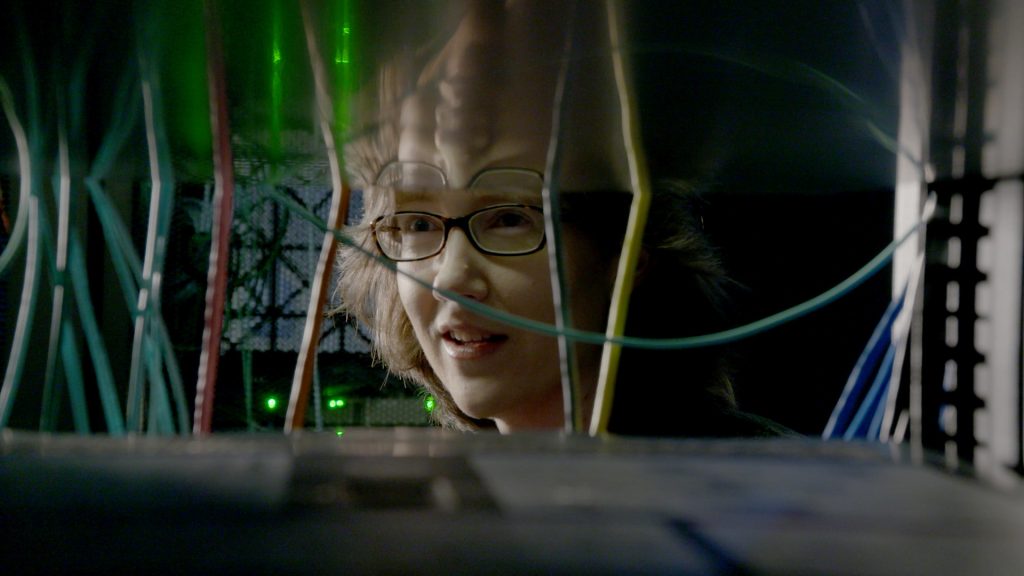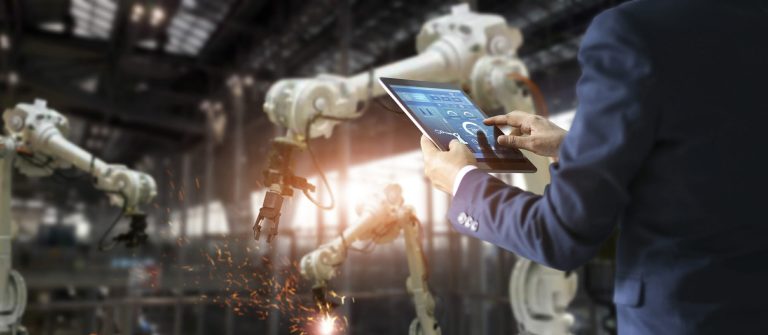Revolutionizing Healthcare: Unleashing the Power of AI in MedTech Hardware and Clinical Applications
MedTech AI: Innovations and Challenges in Healthcare
The contemporary landscape of healthcare is shaped by advancements in artificial intelligence, devices, and software, all of which necessitate meticulous coordination among various sectors, including regulatory frameworks. Generative AI is positioned as a pivotal force in transforming healthcare technology, already being utilized across multiple areas such as research and development (R&D), commercial functions, and supply chain logistics.
Traditional methods of providing medical services, such as in-person consultations and paper-based documentation, are increasingly inadequate in the rapidly evolving, data-centric medical environment. As a result, both healthcare providers and patients are searching for more efficient and accessible means of sharing and accessing information that align with the sophisticated requirements of modern medicine. A report from McKinsey estimates that MedTech companies could secure between $14 billion and $55 billion in annual productivity gains. Furthermore, the integration of Generative AI is projected to generate an additional revenue boost of over $50 billion from innovations in products and services.
A 2024 study by McKinsey indicated that approximately two-thirds of MedTech executives have adopted Generative AI, with around 20% scaling their solutions and observing significant productivity benefits. Despite the growing adoption of advanced technologies in healthcare, various challenges persist, including issues with data integration, decentralized strategies, and a shortage of skills. These obstacles underscore the necessity for a more coherent approach to implementing Generative AI.
Among the different sectors within MedTech, R&D is leading the charge in adopting Generative AI. R&D teams are particularly adept with emerging technologies, leveraging Generative AI tools to optimize processes like summarizing research papers and scientific articles. This trend of grassroots adoption is evident as individual researchers utilize AI to enhance their productivity, even when overarching company strategies are not firmly established.
While AI tools can automate and expedite R&D tasks, human oversight remains vital to ensure the accuracy and quality of final submissions. Generative AI has demonstrated a capacity to lessen the time spent on administrative duties, enhancing both the depth and accuracy of research output. Some organizations have reported productivity increases in research of 20% to 30%.
Key Performance Indicators (KPIs) for Healthcare Product Programs
Evaluating business performance is crucial in the healthcare sector. The primary objective is to deliver exceptional care while simultaneously ensuring operational efficiency. By tracking and analyzing KPIs, healthcare providers can significantly enhance patient outcomes based on data-driven decisions. Additionally, KPIs can foster optimal resource allocation and promote continuous improvement across all facets of care.
In terms of healthcare product initiatives, these organized efforts focus on the development, delivery, and continuous enhancement of medical products. For success, comprehensive cross-functional collaboration among clinical, technical, regulatory, and business teams is essential. Swift time-to-market is critical, ensuring that products progress from concept to launch as efficiently as possible.
Notably, significant attention must be given to labeling and documentation. According to McKinsey, the application of AI-assisted labeling has resulted in a 20% to 30% enhancement in operational efficiency. Resource utilization rates also reflect the effectiveness of time, budget, and staffing during product development. In the healthcare field, KPIs should concentrate on several dimensions, including operational efficiency, patient outcomes, financial health, and patient satisfaction. To obtain a complete performance overview, these dimensions can be categorized into financial, operational, clinical quality, and patient experience metrics.
Innovation Awards: Merging User Experience and Technical Precision
Today’s innovations in healthcare are no longer assessed solely on technical performance; user experience (UX) has become equally critical. Recent advancements are celebrated at the UX Design Awards, where products that exemplify outstanding user experience alongside technical excellence are recognized.
Top products focus on addressing the needs and experiences of both patients and healthcare professionals, while ensuring that they adhere to the strict clinical and regulatory standards of the industry. A prime example is the CIARTIC Move by Siemens Healthineers, a cutting-edge self-driving 3D C-arm imaging system that enables surgeons to operate while wirelessly controlling the device within a sterile environment. Additionally, ASUS has garnered recognition for its HealthConnect App and VivoWatch Series, highlighting the integration of AIoT-driven smart healthcare solutions with intuitive user interfaces, often found in consumer devices. This illustrates how technological innovations are becoming more accessible and user-friendly as patients develop greater tech fluency.
Simultaneous navigation of regulatory and product development paths is essential. Establishing clinical and regulatory pathways allows healthcare teams to relay a dual stream of insights back into product development. The adoption of Generative AI (Gen AI) has proven to be a game-changer, streamlining the creation and refinement of complex documents, mixed datasets, and both structured and unstructured data. By integrating regulatory considerations from the outset and incorporating technologies like Gen AI into agile practices, healthcare product programs equip teams to adeptly handle a regulatory landscape that frequently evolves. Instilling a regulatory mindset early on fosters compliance while promoting innovation.
For further insights on AI and big data, explore industry-leading events such as the AI & Big Data Expo, taking place in Amsterdam, California, and London. This comprehensive event is aligned with other prominent conferences, including the Intelligent Automation Conference, BlockX, Digital Transformation Week, and Cyber Security & Cloud Expo.
The era of superintelligence has officially commenced. Leaders in the field anticipate transformative changes as advanced artificial intelligence systems begin to permeate various sectors, altering traditional paradigms and operational efficiencies.
Despite strong enthusiasm for AI technology, there is a significant challenge known as the AI execution gap. Reports indicate that approximately 80% of AI projects struggle to move from the development phase to full production. This gap highlights the difficulties organizations face in leveraging AI effectively, often due to inadequate resources, lack of expertise, or misaligned strategies.
In the educational arena, teachers in England have recently been authorized to utilize AI tools in their classrooms, marking a progressive step towards integrating technology in teaching practices. This initiative aims to enhance the learning experience, making lessons more interactive and personalized.
Moreover, AI’s growing influence is also evident in the cryptocurrency sector. Intelligent algorithms are being employed to improve trading strategies and predictive analytics, reshaping how transactions are conducted and monitored in the digital currency landscape.
As we delve deeper into the implications of these developments, it is clear that AI’s impact is vast and multifaceted, ushering in changes that will shape our future.
Artificial Intelligence is making significant strides within the cryptocurrency landscape, influencing various aspects of the industry.
The conversation surrounding Artificial General Intelligence (AGI) continues to grow, with notable figures like Sam Altman from OpenAI declaring that we are entering the era of superintelligence. This new phase in AI development opens up numerous possibilities and ethical discussions, particularly concerning its applications in technology and society.
Recent developments, such as Magistral’s introduction of Mistral AI, showcase how emerging companies are challenging established tech giants by providing innovative reasoning models that empower users.
At the forefront of technology journalism, AI News focuses on delivering a variety of insights and updates on the impact of AI across different sectors. Whether it’s applications, company advancements, or research breakthroughs, staying informed is crucial in this rapidly evolving field.
Explore more about our premium content and tech news, designed to keep you updated with the latest trends and developments in Artificial Intelligence.
Shipping & Logistics
Travel & Hospitality
Wholesale
Country (Required)
This field is for validation purposes and should be left unchanged.






